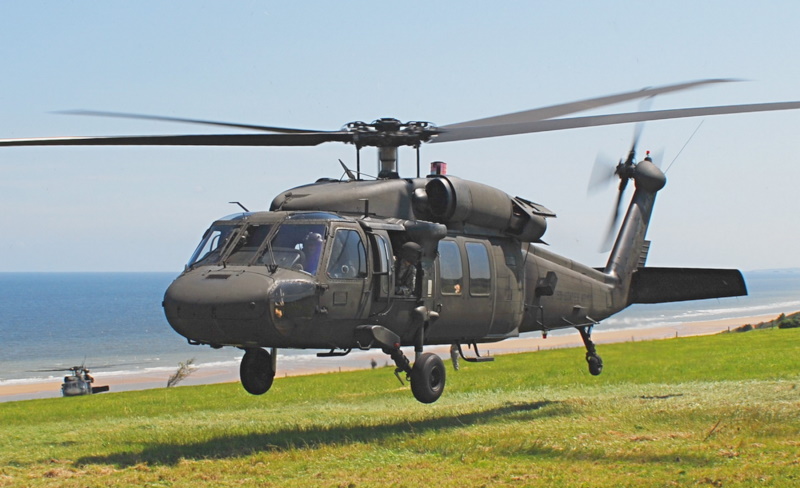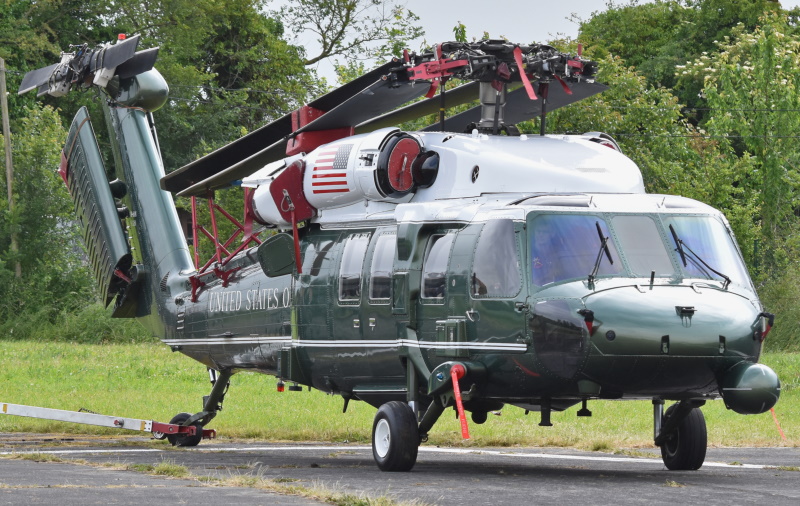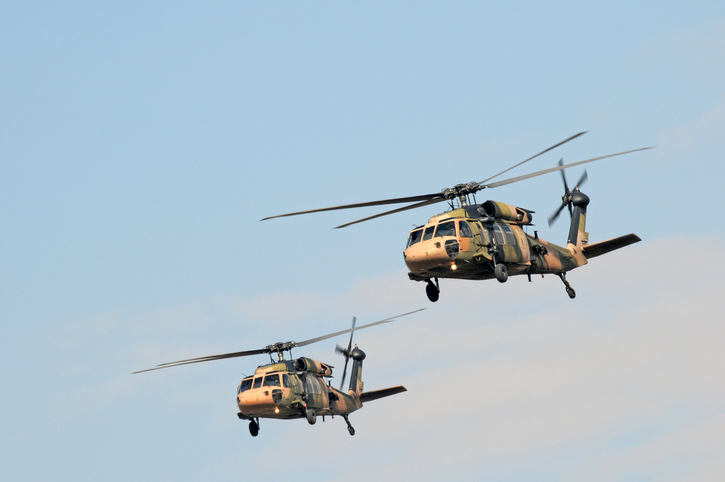High-Performance Multi-Role Rotorcraft Featuring Advanced Cockpit Technologies and Integrated Sensing Unit Solutions
The realm of rotorcraft innovation has actually seen remarkable developments in recent times, particularly in the realm of high-performance multi-role rotorcraft equipped with advanced cockpit technologies and seamlessly integrated sensing unit systems. These technologies have not just boosted the functional abilities of rotorcraft however have also considerably impacted modern-day aviation procedures on different fronts. From improved objective convenience to boosted functional effectiveness, the convergence of innovative cabin technologies and incorporated sensor systems has introduced a new era of opportunities for rotorcraft applications. In the complying with discussion, we will discover the evolution of rotorcraft technology, explore the world of advanced cockpit developments, and check out the ramifications of integrated sensor systems on the operational adaptability and performance of modern rotorcraft.
Development of Rotorcraft Technology
The development of rotorcraft modern technology has been noted by substantial improvements in the rules of aerodynamics, materials, and propulsion systems, forming the capacities and performance of contemporary rotorcraft. Aerodynamic renovations have actually enhanced the efficiency and ability to move of rotorcraft, enabling increased speed, dexterity, and stability during trip (sikorsky s 70). Innovations in materials, such as making use of composite materials and progressed alloys, have actually brought about lighter yet more powerful rotorcraft structures, improving total efficiency and resilience. In addition, advancements in propulsion systems, including a lot more effective engines and cutting-edge propulsion technologies, have made it possible for rotorcraft to accomplish greater elevations, faster rates, and greater payloads.
These developments have not only changed the capabilities of rotorcraft but have additionally broadened their applications across various sectors, consisting of armed forces, commercial, and emergency situation services. The continuous advancement of rotorcraft innovation continues to drive innovation in the area, pushing the boundaries of what is feasible and forming the future of vertical trip.
Advanced Cabin Innovations
Building upon the foundational advancements in the rules of aerodynamics, materials, and propulsion systems, the realm of rotorcraft technology now shifts emphasis in the direction of pioneering Advanced Cockpit Innovations. The integration of sophisticated innovations within the cockpit atmosphere plays a vital function in boosting the operational capacities, security, and performance of contemporary rotorcraft. sikorsky s 70. Advanced Cabin Innovations encompass a vast selection of functions developed to provide pilots with boosted situational awareness, streamlined data management, and user-friendly control interfaces
Among the key improvements in cockpit style is the execution of glass cockpits, which replace traditional analog determines with high-resolution screens. These electronic systems offer adjustable formats, real-time information integration, and enhanced readability, making it possible for pilots to access essential information at a glimpse. In addition, progressed avionics systems, such as fly-by-wire controls and enhanced truth display screens, are revolutionizing exactly how pilots engage with the airplane, allowing for accurate control and boosted decision-making capacities.


Including innovative cabin technologies not just boosts pilot efficiency but additionally adds to overall mission effectiveness and safety in intricate operational environments. By leveraging modern modern technologies within the cockpit, rotorcraft manufacturers are establishing new standards for functional excellence and goal success.
Integrated Sensing Unit Equipments
With the development of rotorcraft technology, the assimilation of advanced Integrated Sensing unit Systems has actually become extremely important in enhancing functional efficiency and safety and security. These Integrated Sensor Solutions incorporate a large array of innovations that provide essential data for numerous functions such as navigating, surveillance, targeting, and ecological monitoring. By perfectly incorporating sensors like radars, electronic cameras, lidar, and infrared systems into rotorcraft, drivers can take advantage of enhanced situational recognition, enhanced objective capabilities, and minimized pilot work.
One key benefit of Integrated Sensor Solutions is their capacity to collect real-time data and supply actionable insights to pilots and objective drivers. Advanced radar systems can discover and track targets over long ranges, allowing for early risk detection and efficient action preparation. Furthermore, integrating infrared and electro-optical cams makes it possible for rotorcraft to conduct reconnaissance and surveillance missions with precision and accuracy.
Basically, the integration of innovative sensing unit modern technologies right into rotorcraft not just boosts functional performance yet additionally adds considerably to general objective success and team security. As rotorcraft continue to progress, the role of Integrated Sensing unit Systems will undoubtedly remain at the leading edge of technology in the aerospace sector.
Operational Flexibility and Effectiveness
Enhancing functional versatility and efficiency in rotorcraft is a natural development from the combination of innovative Integrated Sensing unit Systems. By leveraging the information and insights provided by these advanced sensor systems, rotorcraft can maximize their efficiency across different objectives and settings.
Functional flexibility encompasses the capability of rotorcraft to adapt to different roles and circumstances successfully. With sophisticated cabin modern technologies and incorporated sensor systems, rotorcraft can flawlessly shift in between jobs such as search and rescue, clinical evacuation, security, and much more. This convenience improves the rotorcraft's capacity to satisfy varied operational demands without requiring considerable reconfiguration.
Effectiveness in rotorcraft procedures is vital for making the most of goal effectiveness and source utilization. Integrated sensor systems play a crucial role in boosting operational effectiveness by providing real-time data on weather, terrain mapping, target monitoring, and more. This data makes it possible for pilots to make informed decisions quickly, maximize flight paths, save gas, and enhance overall objective performance.
Effect on Modern Air Travel Procedures

Additionally, the assimilation of sophisticated sensing units helps with boosted objective planning and execution, making it possible for rotorcraft to do a vast array of tasks with boosted precision. From search and rescue procedures to aerial firefighting and legislation enforcement missions, the abilities of modern rotorcraft furnished with advanced cabin modern technologies and integrated sensing unit systems are unmatched.
Additionally, the effect of these advancements expands beyond operational performance to cost-effectiveness and sustainability. By optimizing flight courses, gas consumption, and upkeep timetables, high-performance rotorcraft geared up with sophisticated cabin technologies and sensors add to minimizing operational prices and ecological influence, making them important properties in modern aviation operations.
Final Thought
To conclude, the high-performance multi-role rotorcraft with innovative cabin technologies and integrated sensor systems represents a considerable development in aeronautics technology. These innovations enhance operational versatility and efficiency, eventually affecting contemporary air travel operations in a positive way. The integration of these advanced technologies allows for improved capabilities and efficiency in numerous goal circumstances, showcasing the proceeded innovation of rotorcraft innovation in the air travel market.
The realm of rotorcraft technology has seen remarkable advancements in current times, specifically in the world of high-performance multi-role rotorcraft geared up with advanced cockpit modern technologies and flawlessly incorporated sensor systems. From enhanced goal convenience to enhanced operational efficiency, the merging of sophisticated cockpit modern technologies and incorporated sensor systems has ushered in a brand-new age of possibilities for rotorcraft applications. In the complying with discussion, we will discover the development of rotorcraft innovation, delve right into the world of advanced cabin advancements, and check out the ramifications of integrated sensing unit systems on the functional adaptability and efficiency of modern-day rotorcraft.
